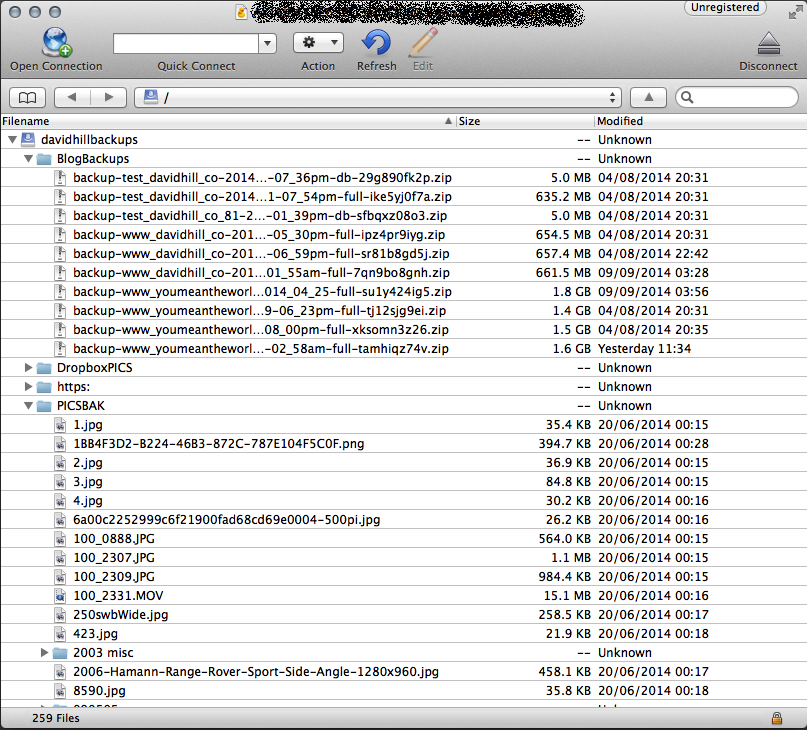During VMworld their was a lot of talk around the announcement of VMware vCloud Air Object Storage. This is a major milestone for VMware’s Cloud Services offering, and provides a lot of capabilities customers have been asking for. You can read the Tech Preview Blog Article here. However, since VMworld a lot of people have been asking me “Object Storage What is it? and why would I use it?”. Not everyone has heard of Object Storage, let alone started consuming it, so I thought now would be a good opportunity to share with people what I have been using Object Storage for. I have been using Object Storage offerings for over 4 years now. Ever since I discovered that my Iomega (now Lenovo) PX-4 could automatically backup to Amazon S3, I have been using it for a backup service. As always, when you want to know a description about something, […]





